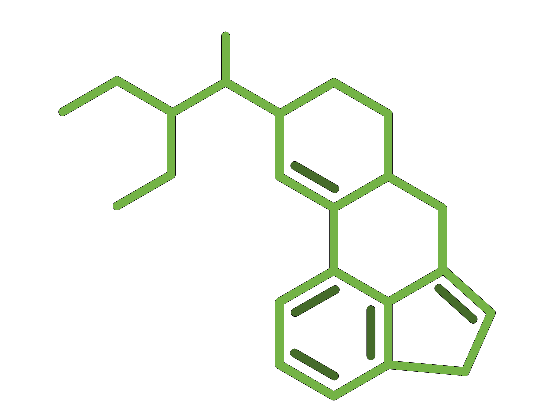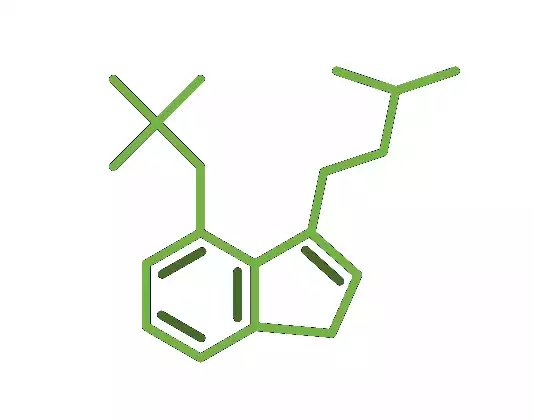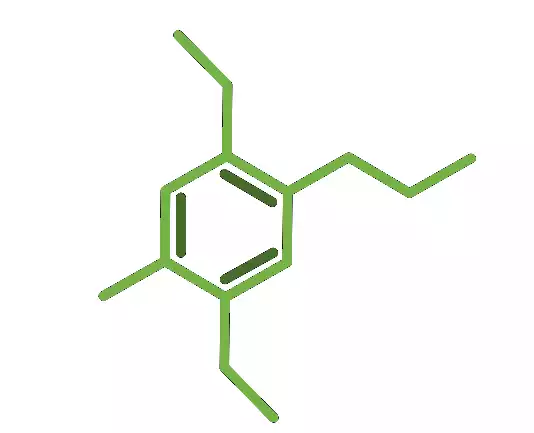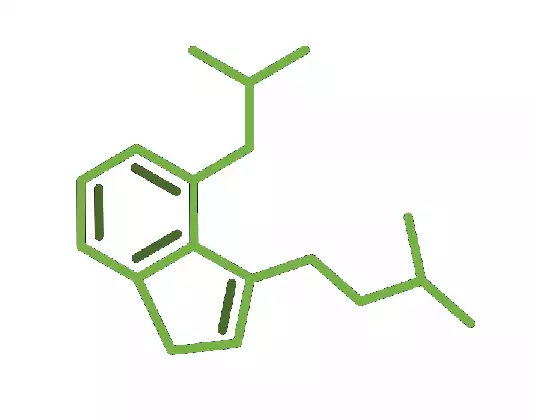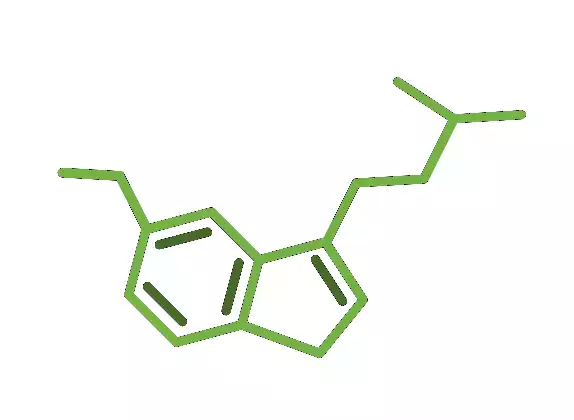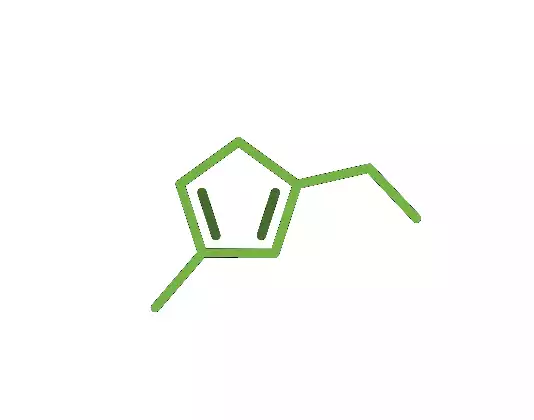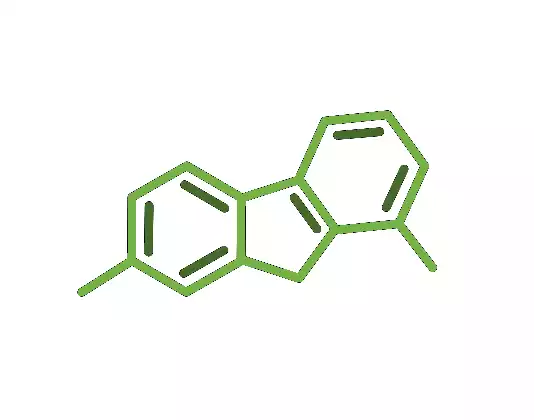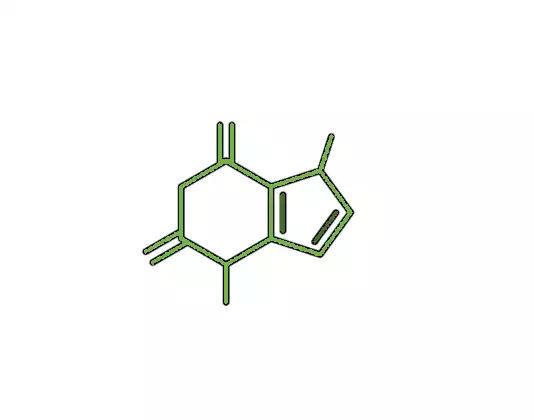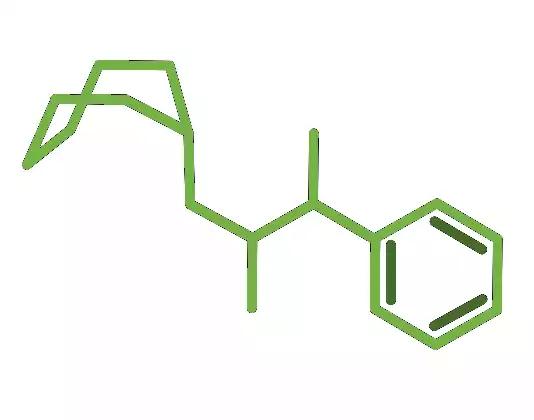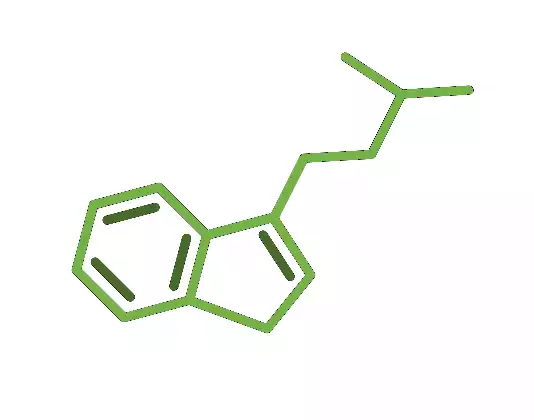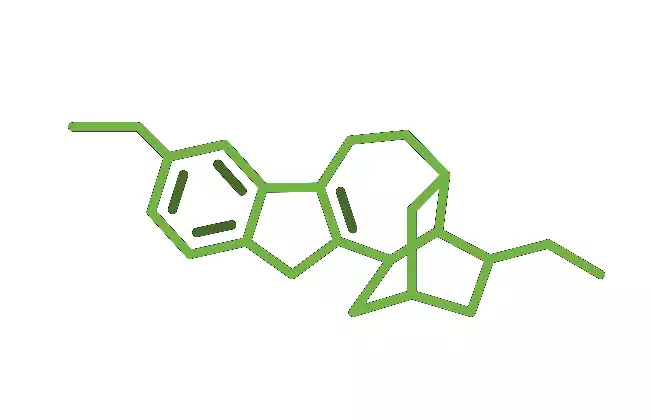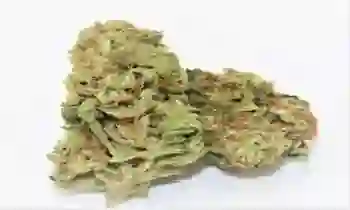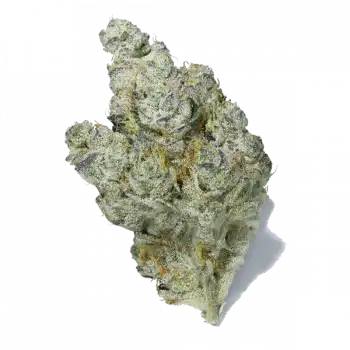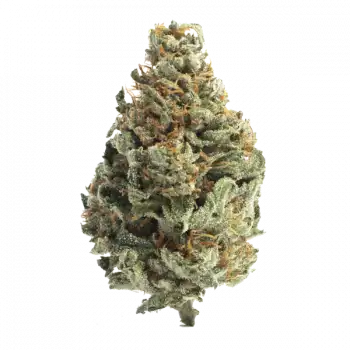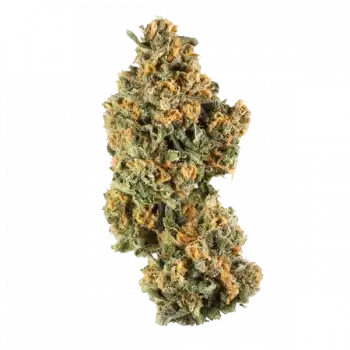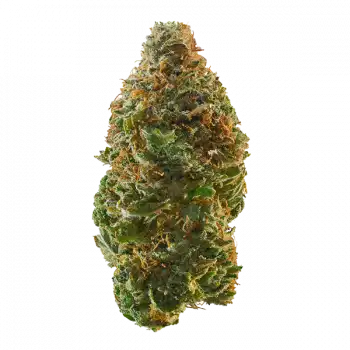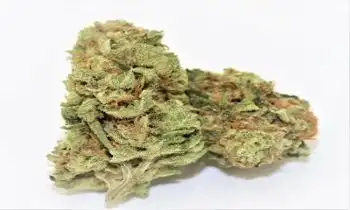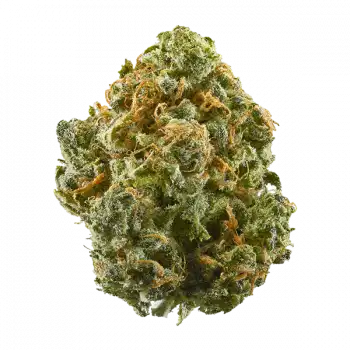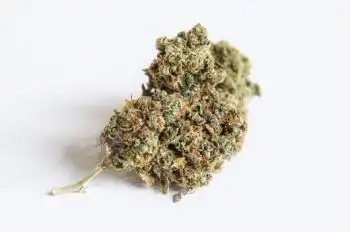LSD was first synthesized by Swiss chemist Albert Hofmann in 1938 from lysergic acid using grain fungus in the attempt to develop a new analeptic. Hofmann discovered its notorious effects after he unintentionally absorbed a relatively large amount through his skin. Subsequently, LSD raised exceptional interest in psychiatry in the 1950s and early 1960s, with Sandoz distributing it to researchers in an attempt to find a marketable use.
LSD-assisted psychotherapy was practiced in the 1950s and 1960s by psychiatrists with promising results in treating conditions such as alcoholism. LSD and other psychedelics went on to become synonymous with the counterculture movement which led to LSD being viewed as a threat to American administration, and it subsequent designation as a Schedule I substance in 1968.
